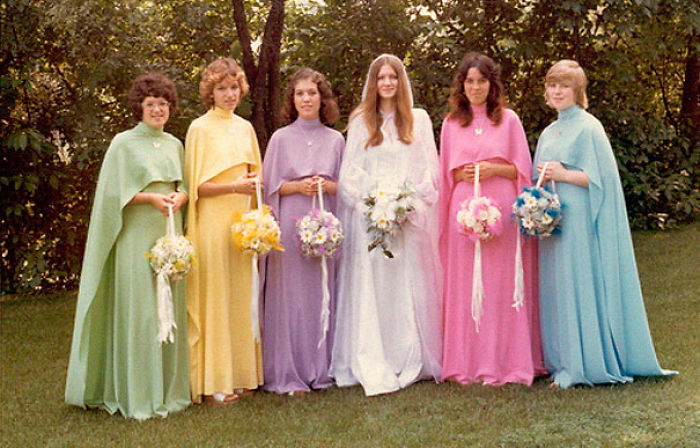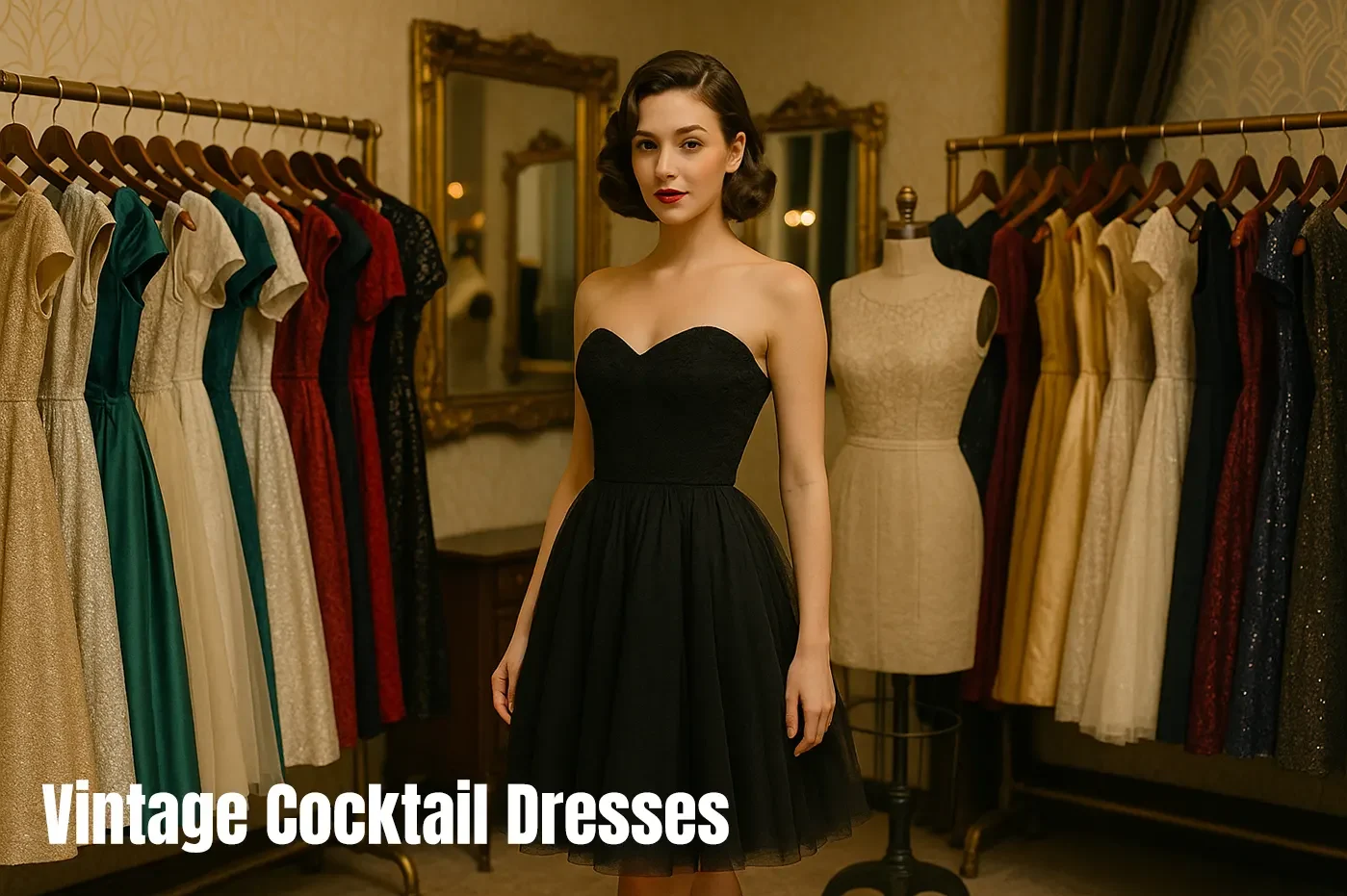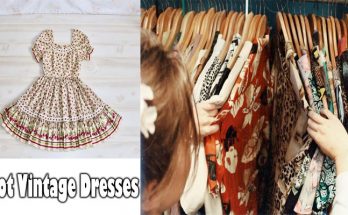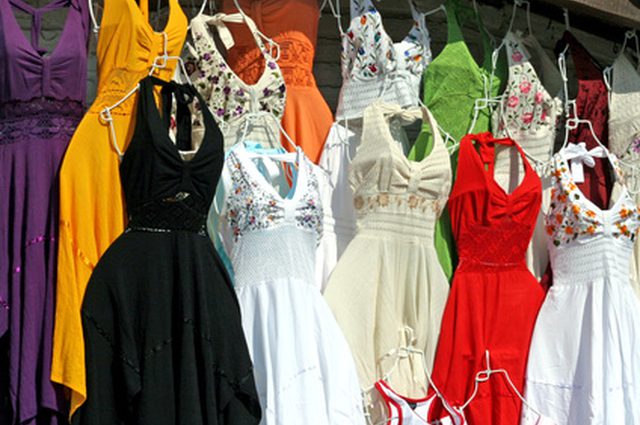
Go Modern With The Vintage Look
If you are looking for style which comes at a comfortable budget without burning an enormous hole in your wallet, then vintage dress is what you are looking for. Vintage dress can never walk out fashion and will often be your favourite for that fashion conscious individuals for ages ahead. Women have been from the word fashion since time immemorial. Not that nothing is for men in the fashion arena. However, women have always dominated the fashion scenario, regardless of how depressed men might feel about this fact! Though there are vintage dress options for males as well, but women wins hands down in terms of the mix and options connected with vintage dresses.
– The vintage look requires a keen eye and awareness of the minutest detail
– While this holds true for dressing trendily generally speaking, the vintage look takes a little extra effort
– If you think wearing ‘old’ clothes is a simple task, think again
– In fact, classic American vintage clothing is one one of the toughest to imitate and requirements a good amount of dedication
– You have to make sure that the outcome makes you stand above the bunch – not as you are sloppily dressed, but for all of the right reasons
Vintage Dresses: The Party Season
1920’s – Hemlines rose higher for the knee and waistlines dropped lower. A boyish figure was favoured, removing emphasis in the bust, waist and hips for a blocky shape. Loose fitting, although not voluminous, dresses had typically straight lines and low waists, making it possible for energetic dancing. The flapper dress epitomises this time, featuring geometric Art Deco beading and/or frivolous fringing. – 1930’s – In a complete turnaround of tastes, long, flowing feminine dresses with a natural waistline were favoured
– As the Depression set in, the sumptuous arena of Hollywood movies captured the American imagination, popularising slinky screen-siren gowns which clung to each and every curve
– Madame Vionett perfected the smooth, sensuous silhouette with bias-cut gowns, which were often backless
– Fluttery, tiered skirts were also popular on dresses, retaining that flirty, feminine style
1940’s – World War II meant a utilitarian way of dressing and removed all frivolous wastes of material. Sleek lines remained without wasting material via calf-to-knee length hemlines and slim skirts. Rationed fabrics meant feminine dresses often had to be cut from menswear, lending a militaristic, functional air. Slim, belted waists and narrow hips were further emphasized by exaggerated shoulders.




